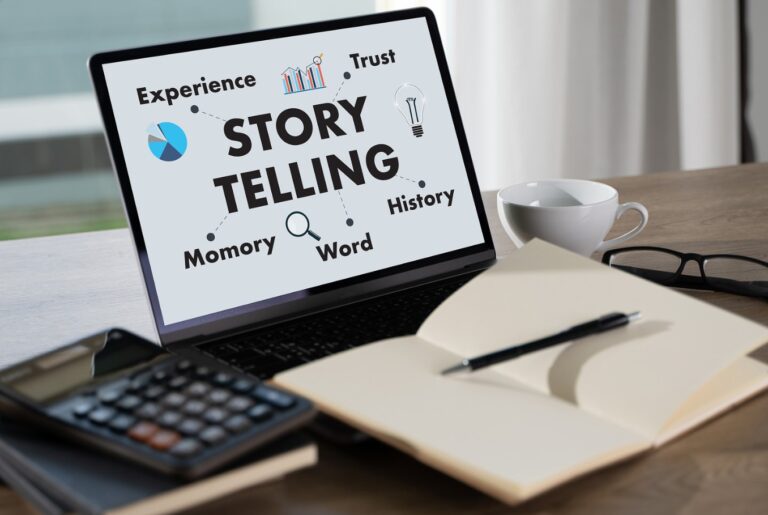Data storytelling is of great importance in today’s data-driven world. This message is consistently given by C-suite executives from all organisations. Data insight is of limited use if can’t be communicated to the stakeholders, in a language that is easily digestible. This involves combining data analysis and visualisation techniques with compelling narratives to communicate insights effectively and engage the audience. Here are some key reasons why data storytelling is important:
- Making data understandable: Data storytelling helps to simplify complex data sets and make them accessible to a broader audience. By presenting data in a narrative format, it becomes easier for people without a background in data analysis to grasp the key insights and understand the implications.
- Enhancing decision-making: Data storytelling empowers decision-makers by providing them with actionable insights derived from data. Instead of presenting raw data or overwhelming reports, data storytelling focuses on highlighting the most relevant information and connecting it to the decision-making process. This enables stakeholders to make informed decisions based on data-driven evidence.
- Increasing engagement: Human beings are naturally drawn to stories. By framing data within a narrative structure, data storytelling captures the attention and engages the audience on an emotional level. This helps to create a stronger connection with the data and ensures that the message resonates with the listeners, leading to greater impact and understanding.
- Persuading and influencing: Data storytelling is a powerful tool for persuasion and influencing opinions. By presenting data in a compelling and relatable manner, it can sway the audience’s perspective, change attitudes, and drive action. Through storytelling, data can be used to build a persuasive case and support arguments effectively.
- Memorable and long-lasting impact: Stories have a lasting impact on memory retention. By incorporating data into a story, it becomes more memorable and easier to recall. People are more likely to retain and share information presented through storytelling, ensuring that the message sticks with them over time.
- Bridging the gap between data and context: Data can provide valuable insights, but without context, it may lack meaning. Data storytelling helps bridge this gap by providing the necessary context, background information, and real-life examples to support the data. It helps connect the data to the larger narrative, enabling a deeper understanding of the underlying factors and implications.
In summary, data storytelling is essential because it makes data understandable, enhances decision-making, increases engagement, persuades and influences, creates a memorable impact, and bridges the gap between data and context. By effectively combining data with narratives, data storytelling unlocks the true power of data and enables organisations to communicate insights effectively and drive meaningful change.
Shahid Younis
(Data Whizz Academy)
 Cart is empty
Cart is empty 


